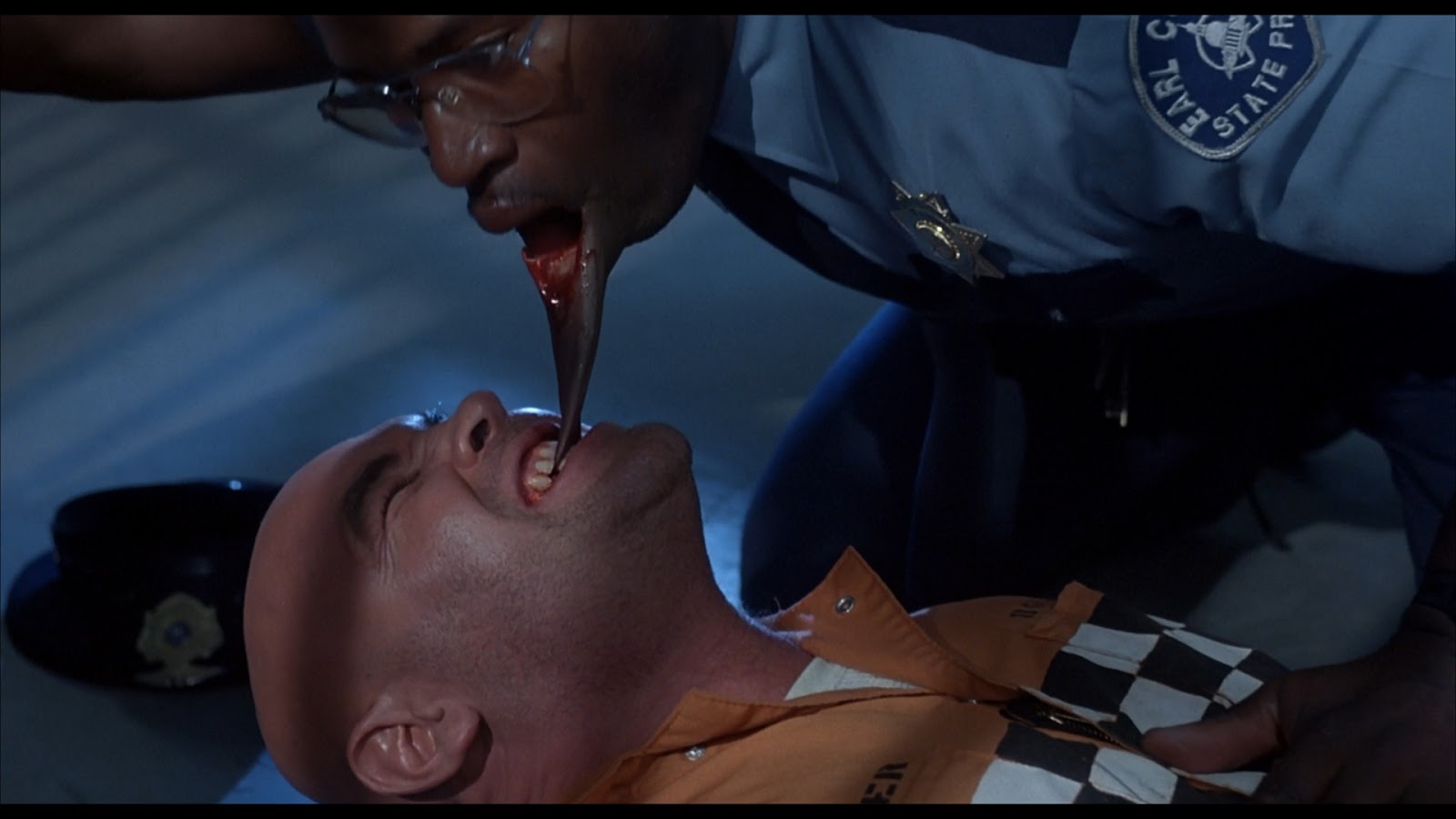The glittering night circuit of the Singapore Grand Prix, usually a stage for breathtaking overtakes and strategic masterclasses, instead delivered a stark reminder of Formula 1`s unforgiving technical regulations. Following Saturday`s qualifying session, both Williams Racing entries, piloted by Alex Albon and Carlos Sainz, found themselves stripped of their hard-earned grid positions, relegated to the very back due to a microscopic, yet critical, infringement involving their Drag Reduction System (DRS).
A Fraction Too Far: The DRS Dilemma
For those uninitiated, the Drag Reduction System (DRS) is a clever piece of aerodynamic wizardry designed to promote overtaking. When a driver is within one second of the car ahead in designated zones on the track, they can activate a mechanism that opens a flap on their rear wing. This reduces aerodynamic drag, allowing for a burst of extra straight-line speed – a crucial advantage in the high-stakes game of F1.
However, like almost everything in Formula 1, its operation is governed by stringent rules. The maximum permissible opening for this DRS flap is 85mm. This isn`t a suggestion; it`s a hard limit. Post-qualifying scrutineering, a meticulous process where every car is checked against a myriad of technical specifications, revealed that both Williams cars had exceeded this precise measurement.
The Steward`s Verdict: No Room for Error
The FIA stewards` statement was unequivocal: “The DRS in the state of deployment exceeded the maximum limit of 85 mm on both sides of the rear wing outer area.” It`s a testament to the hyper-technical nature of Formula 1 that a disparity of potentially just a few millimeters can lead to such a severe penalty. The Williams team, to their credit, did not dispute the findings, acknowledging that while their own pre-session checks showed compliance, the FIA`s official measurements revealed the critical breach.
“The Competitor fully accepted the results of the FIA measurement and acknowledged that the rear wing fitted to the car did not comply with the requirements of the Technical Regulations.”
This admission paints a picture not of deliberate cheating, but of a deeply unfortunate technical oversight. In a sport where engineers strive for every conceivable advantage, pushing tolerances to their absolute limit, even a fractional error can have monumental consequences.
Williams` Response: Disappointment and Determination
James Vowles, Williams Team Principal, wasted no time in addressing the incident. His statement conveyed a palpable sense of disappointment, yet also a clear commitment to understanding the root cause. He emphasized that there was “no point… seeking a performance advantage” and that the team`s internal checks had initially indicated compliance. It’s a classic F1 paradox: you must push the boundaries to be competitive, but stray just a hair`s breadth beyond them, and the hammer falls.
The immediate fallout is severe: Alex Albon, who qualified a respectable 12th, and Carlos Sainz, in 13th, will now start the Singapore Grand Prix from the very back of the grid. This transforms their Sunday race from a potential points-scoring opportunity into an uphill battle for survival and progress through the field.
For a team like Williams, clawing its way back up the competitive ladder, such setbacks are particularly painful. Points, especially on a challenging street circuit like Singapore, are gold. To lose the advantage of a mid-pack qualifying position due to a technicality, however small, is a bitter pill to swallow.
The Unforgiving Nature of Formula 1
This incident serves as a poignant reminder that Formula 1 is not just about raw speed and daring driving; it`s a relentless technical arms race governed by an equally relentless rulebook. Every component, every dimension, every operational parameter is scrutinized with microscopic precision. The margin for error is non-existent, and ignorance, or even a calibration discrepancy, is no excuse.
While the immediate focus will be on Williams`s attempts to recover in the Grand Prix, the long-term implications involve an urgent review of their quality control and measurement processes. In a sport where milliseconds and millimeters define success and failure, such a public and impactful infringement demands a thorough internal audit.
As the cars line up on the grid for Sunday`s race in Singapore, the Williams drivers will embark on a challenging journey from the rear. Their fight will be not only against their competitors but also against the shadow of a mere few millimeters that proved to be a fraction too far.

